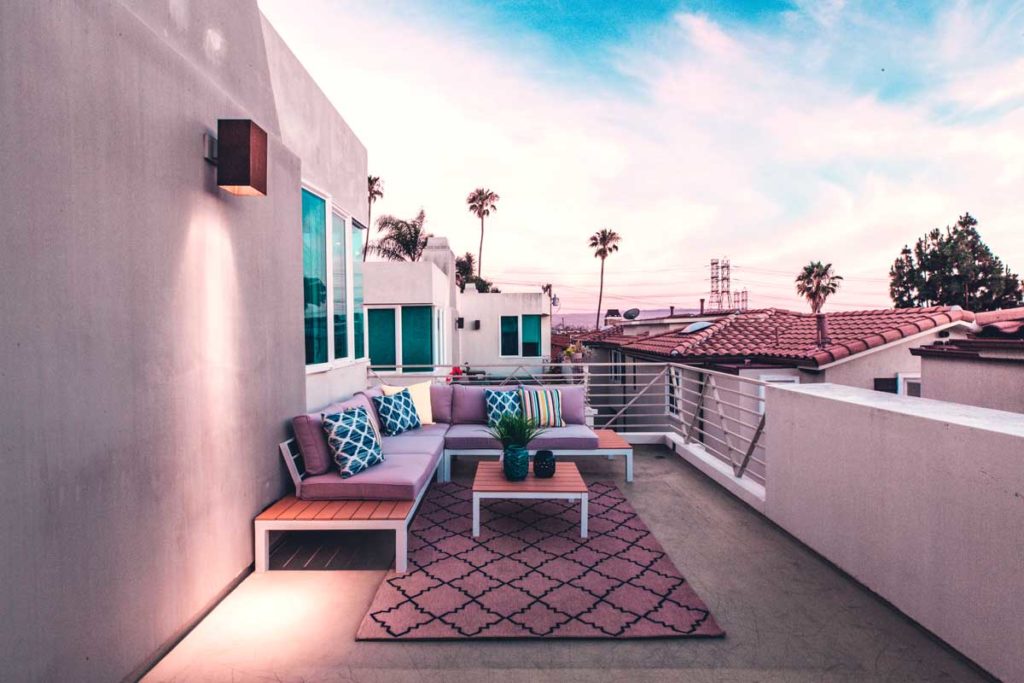Over the past few years, the way people choose and book accommodation for their vacation has changed dramatically. More and more travelers replace hotel rooms with Airbnb properties while house swapping is becoming increasingly popular. The new trend is: exchange your house and spend your holidays for free. House swap is easy, fun and cuts holiday costs, but there are a few things to keep in mind before joining this worldwide community.
What is House swap?
House swap is the new trend when it comes to accommodation while traveling. And it actually works pretty easily: you lend your house to other travelers while you’re staying in theirs. It can be a house, a cottage, a boat or a room -you name it-, and you can swap it from a weekend to a year. In that way, not only you save a lot of your vacation money but instead of living in a touristy hotel you get to experience the city like a local.
How does it work?

There are many House swap companies online that will help you find the perfect accommodation for your dream holidays. Love Home Swap and Home Exchange are among the most known. Swappers have to set up an account and share information about their house and personal profile. Then they can start choosing destinations they’d like to travel to. Once a perfect match is found, exchange members can start discussing the details and then sign an exchange agreement form. Most sites have an annual membership fee that ranges from 36 US$ to 312 US$ while some offer a free-trial and few are for free.
Types of House swap
There are different types of house swapping but the most common are the following three.
- The “simultaneous exchange” which means that you’ll stay in your exchange partner’s place while they stay in yours.
- The “non-simultaneous exchange”, when someone lets you stay in his holiday cottage or second house.
- The “hospitality exchange” when you’re hosted in someone’s place while they also stay in the house.
Why is it better than hotels?
House swap is much cheaper than staying in a hotel or renting a place via Airbnb, especially if you’re traveling for long periods of time. But the vacation cost isn’t the only reason to get into house swapping. Staying in a cozy apartment in a friendly neighborhood helps you experience the city like a local and not as a tourist. Moreover, if you choose the “hospitality exchange” and spend your holidays sharing a house with your hosts, you’ll get a real taste of the local culture. Plus, your hosts will show you around the city and introduce you to all the lesser known places and hangouts.
You want to travel on a budget but you have no idea where to go? We suggest these 7 super romantic getaway ideas.
Important things to know before becoming a house swapper
First and foremost you have to ask yourself if you want to be a house swapper. Allowing people that you’ve never met before stay at your house isn’t easy for everybody. So before creating a profile on a house exchange site, consider if the thought of another family staying in your house could ruin your holidays. Another thing to consider is whether you are willing to cook and clean on your holidays. Many people don’t appreciate doing household chores while traveling.
If you decide to jump into the house swapping game, make sure to discuss in detail with your exchange partner what he expects of you well as what you expect of them. Finding the right house swapper is of great importance. Therefore, you should also start planning your house swap well in advance. Unlike other accommodations, house swapping isn’t a great choice for last-minute trips. Especially for international travels, swappers are advised to start arranging a house swap three to six months prior to the exchange.
Last but not least, make a proper research on your exchange partner. Devote a lot of time talking to them, check out their references and do a little online digging in their social media profiles.
Present yourself, your house and your expectations in detail

It’s equally important to create an informative profile to present your house in detail as well as letting your exchange partners know what they should expect. Is your house suitable for families with kids? Do you have any pets and do you allow any? What are your requests when it comes to cleaning? Some of these things should be included in your profile while others you should discuss with your exchange partner. Leaving a guide with instructions for your house such as electrical appliances, plant care, and garbage collection is a good idea if you want to avoid any unpleasant surprises when you get back house.
Reliable house swap companies
As mentioned above, Love Home Swap and Home Exchange are among the most known house swap companies but aren’t the only ones. Intervac has been helping people exchange their houses already since 1950 and they still have a great community with thousands of members while new sites such as HomeExchange, Home Base Holidays and Digsville keep popping up.
For hospitality exchange, Bedycasa and Culture Go Go are quite popular while IVHE, which focuses mostly on vacation- or second-house swapping is for those who prefer “non-simultaneous exchange”.
To make your vacation a little bit easier there are a lot of Apps to offer help. But we have the 10 most helpful Apps for you. Check them out here.


Comments are closed.